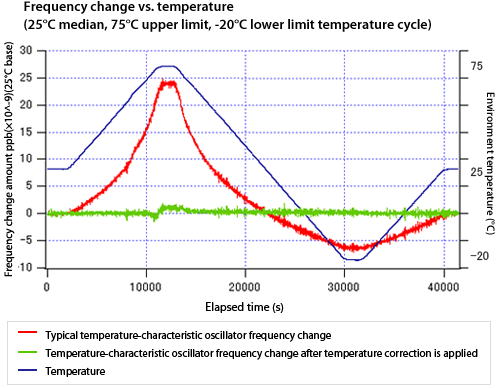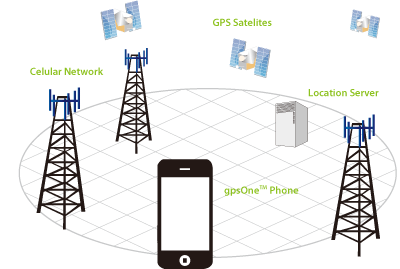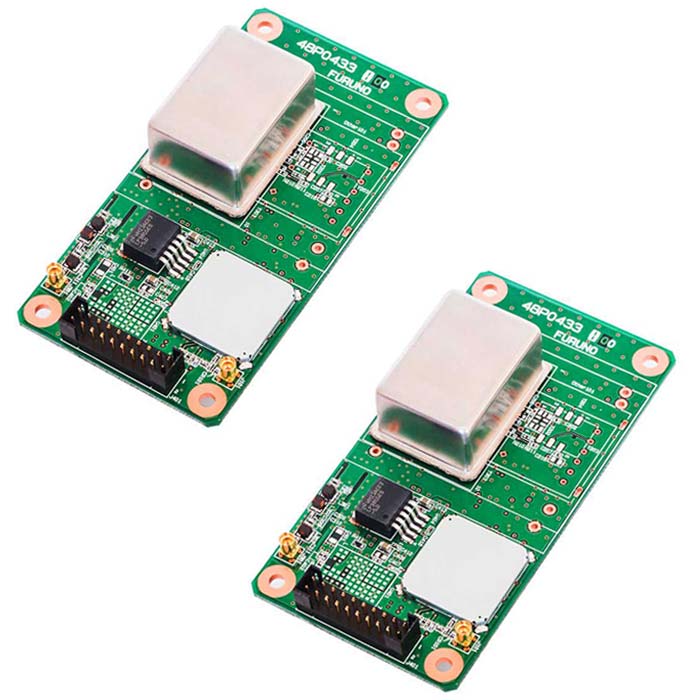Case Studies
Timing & Synchronization technology adopted base station for mobile telecommunications
About mobile Base Station GPS
As mobile phones advanced from a 1st generation analog system in the 1980's to a 2nd generation digital system in the 1990's, they began to offer not only phone service but also email and internet functions. As 21st century 3rd generation CDMA system began to allow even faster communication and image transmission, multimedia services also became increasingly more common. Accordingly, with 4th generation technology aiming at optical-speed communication, 3.9 generation LTE service has started that allows for fiber-optic-level service even with mobile communications equipment. The GPS-based timing technology supports synchronization with this high speed wireless communication technology.
The Furuno GPS frequency generator has been used as a standard mobile base station clock for 3rd, 3.5, and 3.9 (LTE) generation technologies. Overseas, the Furuno GPS timing module is known for its high reliability, and has been adopted by many major base station manufacturers. Furuno develops GPS timing technology for the increasingly widespread worldwide mobile communication network.
The following is an explanation of GPS Requirements and GPS receiving anomalies
1. GPS requirements
The CDMA2000 standards specify to use the GPS timing for synchronization between base stations in a communication system, and the lack of need for periodic frequency calibration means that maintenance costs can be expected to go down. The GPS clock synchronization facilitates a smooth handover within the mobile network. Currently, the GPS timing has also become vital to handle the send/receive switching for the time-division duplex method (TDD) used in WiMAX or other telecommunications protocols. Until now, the frequency-division duplex (FDD) was the main method used for mobile phones. However, for 3.9 generation LTE systems, manufacturers have also started using the TDD (TD-LTE) method worldwide that requires GPS.
2. GPS receiving problems
GPS reception may not always be stable. Various interference problems can occur due to factors in the base station environment. If the GPS signal is lost due to unexpected outside noise, the timing must be secured. Also, ensure proper maintenance time is allocated for repairing antenna damage from lightning, etc.
Loss of GPS signal reception means that the timing is sustained by the accuracy of the oscillator. To ensure accurate timing from the oscillator alone, the need for an expensive, heavy duty oscillator is usually unavoidable. To resolve this problem, it is important to know the characteristics of the GPS-regulated oscillator in detail. The oscillator performance may fluctuate with age and temperature, and special technology is required to compensate for these fluctuations and keep the timing accurately sustained.
Furuno oscillator correction technology increases the performance of the oscillator tenfold. With this technology, the capabilities of a large and expensive oscillator are available in a relatively small scale and inexpensive device.
The following graph displays the temperature-characteristic frequency fluctuation, before and after temperature compensation.

The graph illustrates the excellent compensation results

Related Products
List of Case Studies
-
Automated emergency response systems (eCall / ERA-GLONASS)

-
Smart grid and GPS/GNSS timing solutions

-
Grand Master Clock and GPS/GNSS timing solutions

-
GT in Pmod™ module (NetTimeLogic)NEW

-
Outdoor Time Synchronization: Measurement of Radio Propagation in Outdoor Mobile Communication Environment (Niigata University)

-
Time Synchronization Between Radio Telescopes: Toward Observing Radio Waves from Exoplanets (Tohoku University)NEW

-
Community broadcasting Synchronization [Multi-GNSS Disciplined Oscillator]

-
FURUNO Timing and Synchronization technology adopted base stations for Digital Terrestrial Television Broadcasting

-
FURUNO Timing and Synchronization technology adopted base station for mobile telecommunications

-
FURUNO Timing and Synchronization technology adopted for seismometer


